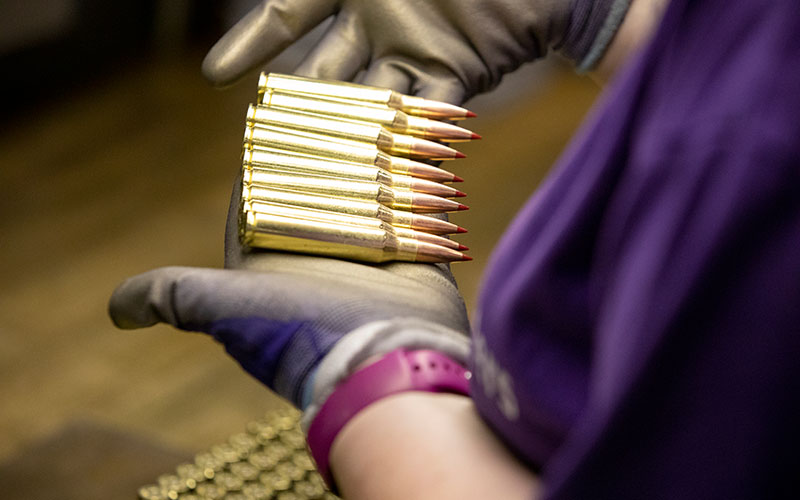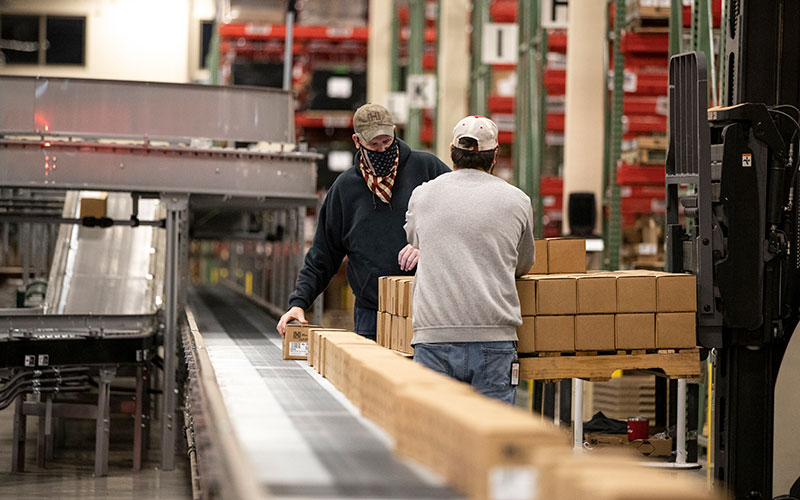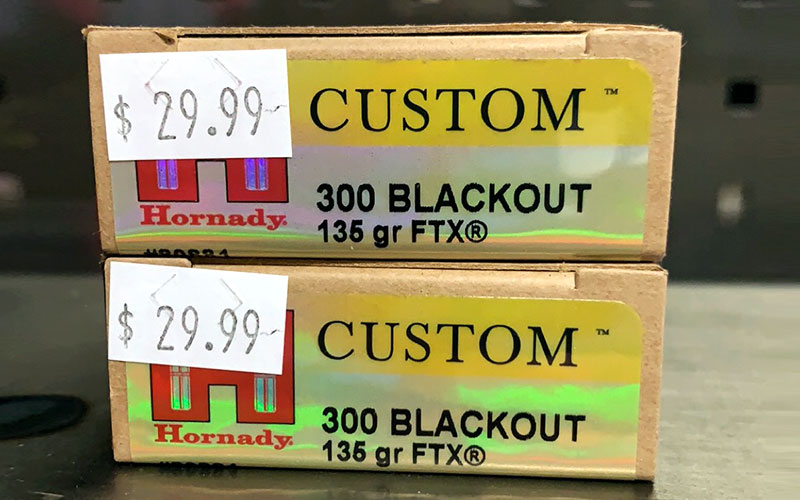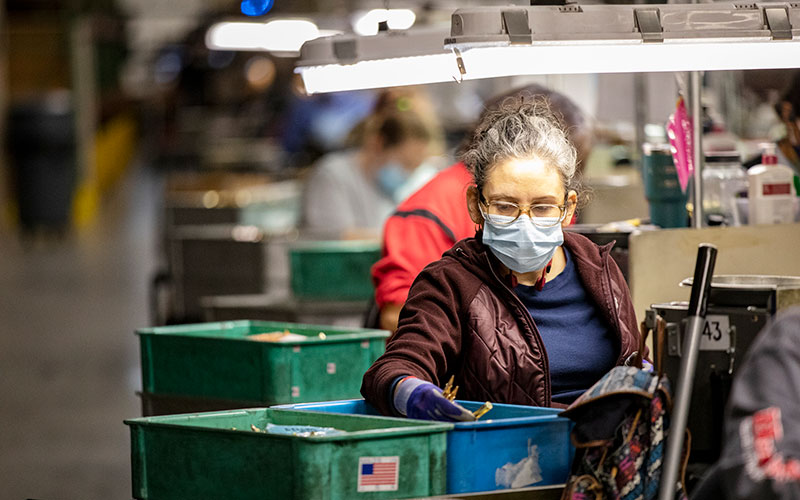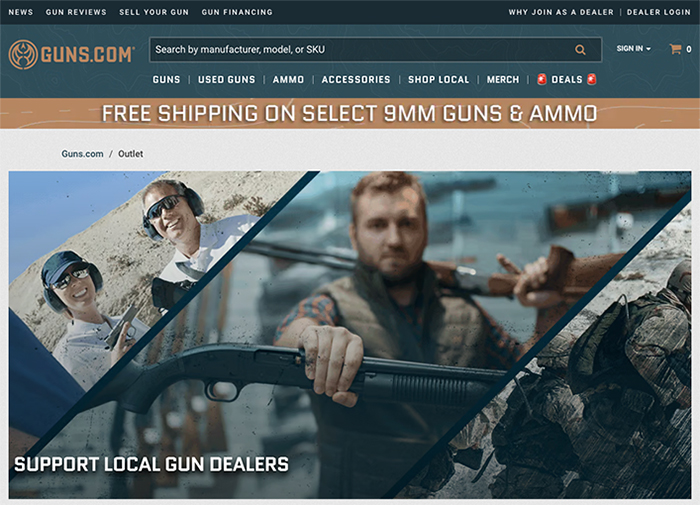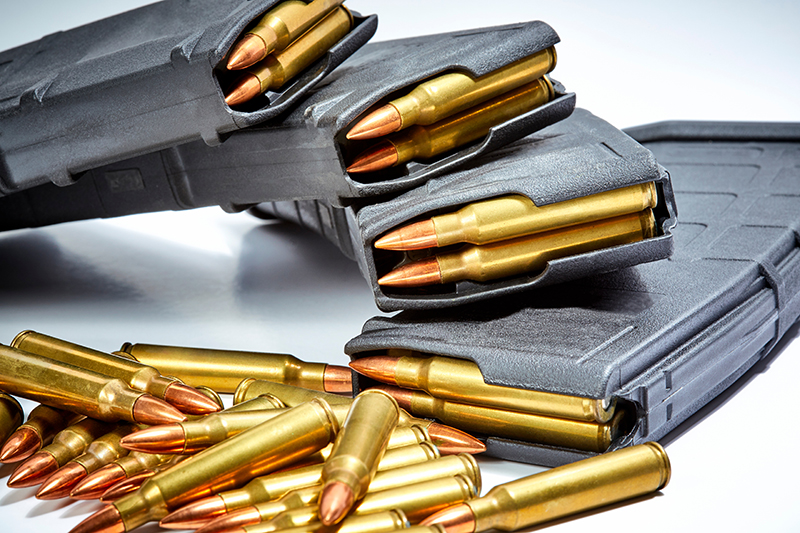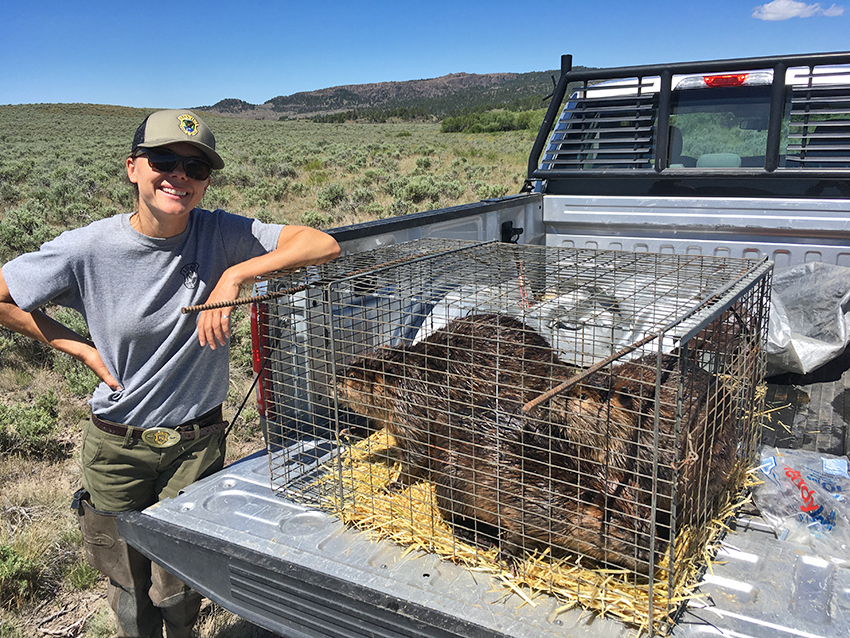Hyper Demand to Blame for Ammo Shortage
Editor’s Note: The ongoing ammo shortage has been a source of frustration for everyone in the firearms industry. After months of endless production, manufacturers have begun speaking out about the unprecedented levels of demand and their attempts to fulfill it. This piece comes just weeks after Hornady and Federal executives released videos on the topic, which we covered here. Author Jonathan Kilburn followed up with Hornady for this piece.
Because of the unrest 2020 has brought, it’s not surprising many Americans have started to stock up on items to assist with their own defense. This past year saw record sales of firearms and the largest number of first-time gun owners in history. But with record sales comes a high demand for ammunition.
This isn’t the first time we’ve seen high consumer demand and a subsequent shortage of products before, though. Firearm and ammunition sales have changed drastically in recent years, as new policies by private companies have forced what consumers can buy and where they can spend their money. In 2018, Walmart announced they would refuse to sell guns and ammunition, of any kind, to anyone under the age of 21. Then, in September 2019, added they would completely remove the majority of ammunition products and certain types of firearms from their inventory. Suddenly, consumers seeking great deals were forced to find a different local source.
However, supply and demand are not solely dependent on large companies like Walmart and Dick’s Sporting Goods. In 2020, spikes in demand were largely brought on by nationwide civil issues. As protests began to increase in parts of the country due to Antifa and Black Lives Matter movements, we saw a massive increase in firearm and ammunition sales. According to IBISWorld, firearm and ammunition-related sales from 2015-2020 increased an average of 2.3% over previous years, with 2020 alone averaging a massive 7.5% increase over that of 2019.
I sat down on a telephone call with Hornady Vice President, Jason Hornady, and Marketing Director, Neil Davies, to discuss the issues they’re facing on the manufacturing side.
“It’s like the order entry floodgates opened on March 17th, 2020, and our available stock just disappeared,” said Jason. “Hornady, and those like us, are doing everything we can to make and ship more product.
“The reason behind the backlog is nothing nefarious,” Jason continued. “The demand has increased, but there is no shortage in manufacturing. Demand is extremely high; what we made yesterday is what’s shipped today.”
Neil then chimed in. “Remember when people used to buy 12 rolls of toilet paper that would last a couple of weeks, then got nervous and started buying 30-packs every time they could find them but claimed there was a toilet paper shortage? The current ammo situation is very similar.
“When people quadruple their normal buying habits with regard to ammo purchases, there is less there for the next person,” explained Neil. “Now multiply that behavior by 10’s of millions and you can see why it’s hard to find ammunition right now.”
Yet, many gun owners don’t feel ammunition manufacturers are doing everything they could be to fill the gap and needs of consumers — but it’s not as simple as throwing money at a problem. Spending habits have drastically changed, and the combination of COVID-19 restrictions, government shutdowns, national riots, an election year, an explosion of first-time gun owners and a plethora of other variables have also contributed to the shortage.
“I’ve been to New York, Pennsylvania, New Jersey, and Delaware,” a local firearm enthusiast, Joshua Goot, shared. “I feel people are buying in bulk because they hear the word ‘shortage’ and buy up ammunition like crazy. Bulk means cheaper. A new shooter may only get one or two boxes because shooting isn’t their thing, but prior gun owners are stocking up.”
“There’s a lot of finger-pointing going on,” said Goot. “It’s hard to know where the shortage is from.”
What’s even more shocking: calibers and types of ammunition not typically affected by mass panic are also disappearing from retailer shelves.
Western and more rural states are selling out of fairly common hunting calibers while more populated states are selling out of common range and self-defense ammunition, like 9mm, .45 ACP, .357 Magnum and .223 Rem/5.56 NATO. And what is available is often at a premium price. But if buyers are willing to pay extremely steep prices out of fear, ignorance or both, it only makes sense they would purchase as much as possible when presented with availability.
For instance, the market for .30-30 Win is trending anywhere between $1.50–$5.00 per round. That’s not to say there is a scarcity of the caliber, but such a drastic increase in cost per round is a result of less .30-30 on the market as a whole. With all ammo manufacturers going full tilt in production, plants around the country are cranking out as much of popular calibers as they can to feed demand. As a result, basic economics dictates there is less .30-30 Win, .308 Win, .30-06 Spr, etc. being produced.
I spoke to Vince Damiano from County Line Firearms and Gun Sitters in East Hanover, N.J. to ask about his experiences related to ammo sales.
“People are panic buying; our sales are up about 600%,” said Damiano. “Where there is value, there is scarcity, and because they think ammo is scarce, they’re buying.”
“When people heard the UN bought 9 million rounds of ammunition before COVID, people started panic buying. It’s a change in their perception of protection. When it was remarked police might be unable to respond, individuals purchased guns for self-defense,” Damiano continued. “I’ve seen more first-time gun buyers in the last 9 months than in the last 9 years, and the major reason they’re buying is for self-protection.
“They’re buying firearms in common calibers, so that is what is being purchased, making them harder to find.”
What can be said is this: ammunition production has not slowed across the entire firearms industry, and buying behavior varies significantly region-to-region.
Manufacturing itself has expanded. Jason Hornady shared manufacturing has increased by nearly 33% this year, but with increased production comes 33% more worker hours, machine wear and shipping logistics — all without skimping on the safety of their workers or the quality of their products, of which Hornady is renowned.
There is no solution at this moment. Like other industries, supply-demand will begin to equalize with time, but with time comes patience. Despite the perfect storm of mitigating circumstances, Hornady and manufacturers like it are doing everything they can to produce more ammunition in record time. Whether consumers like it or not, it appears the only options are to wait this out or adjust their purchase habits.

